
New stair lift technology has allowed narrow and awkward staircases to be fitted with a stairlift when it wasn’t previously possible. The traditional stairlift is outward facing which means there are certain limitations. On a narrow staircase, a traditional outward facing stairlift is limited by the upper leg length of the user.
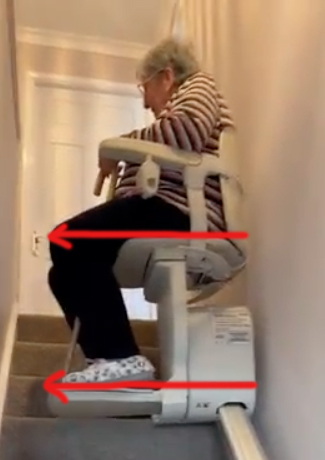
As shown in this picture, this straight stairlift has limitations of its fitting ability based on the length of the upper leg. So for narrow staircases, or those with difficult turns in them, it’s not possible for such a stairlift installation. New stair lift technology has made this possible however.
New Stairlift Technology – ASL (Advanced Swivel & Levelling)
The advanced swivel and levelling technology of the Flow X stairlift allows it to turn and pivot while climbing/descending the stairs. The user can also face down the stairs, saving valuable leg room for tight staircase setups.
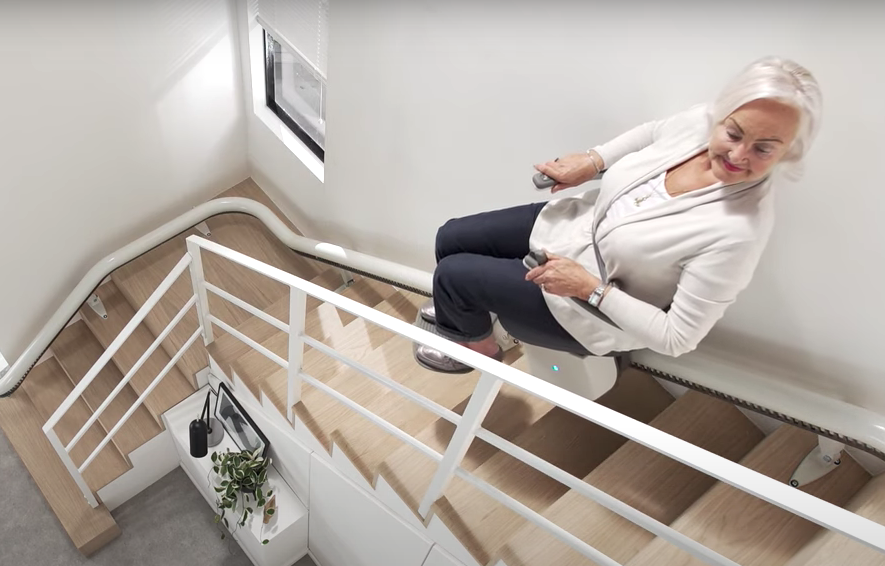
Here’s a video showing just how clever these stairlifts really are, as it pivots around the newel post.
New Stairlift Technology – Folding Stairlift Rails
Another clever new design is the folding stairlift rail. Here’s the rail of another model of stairlift by the same company as the Flow X. The Thyssen Homeglide (now from Access BDD), is a straight stairlift with a moving rail.
In the picture you can see how the rail closes behind the stairlift as it ascends the stairs. This allows an installation to avoid blocking the lower level.
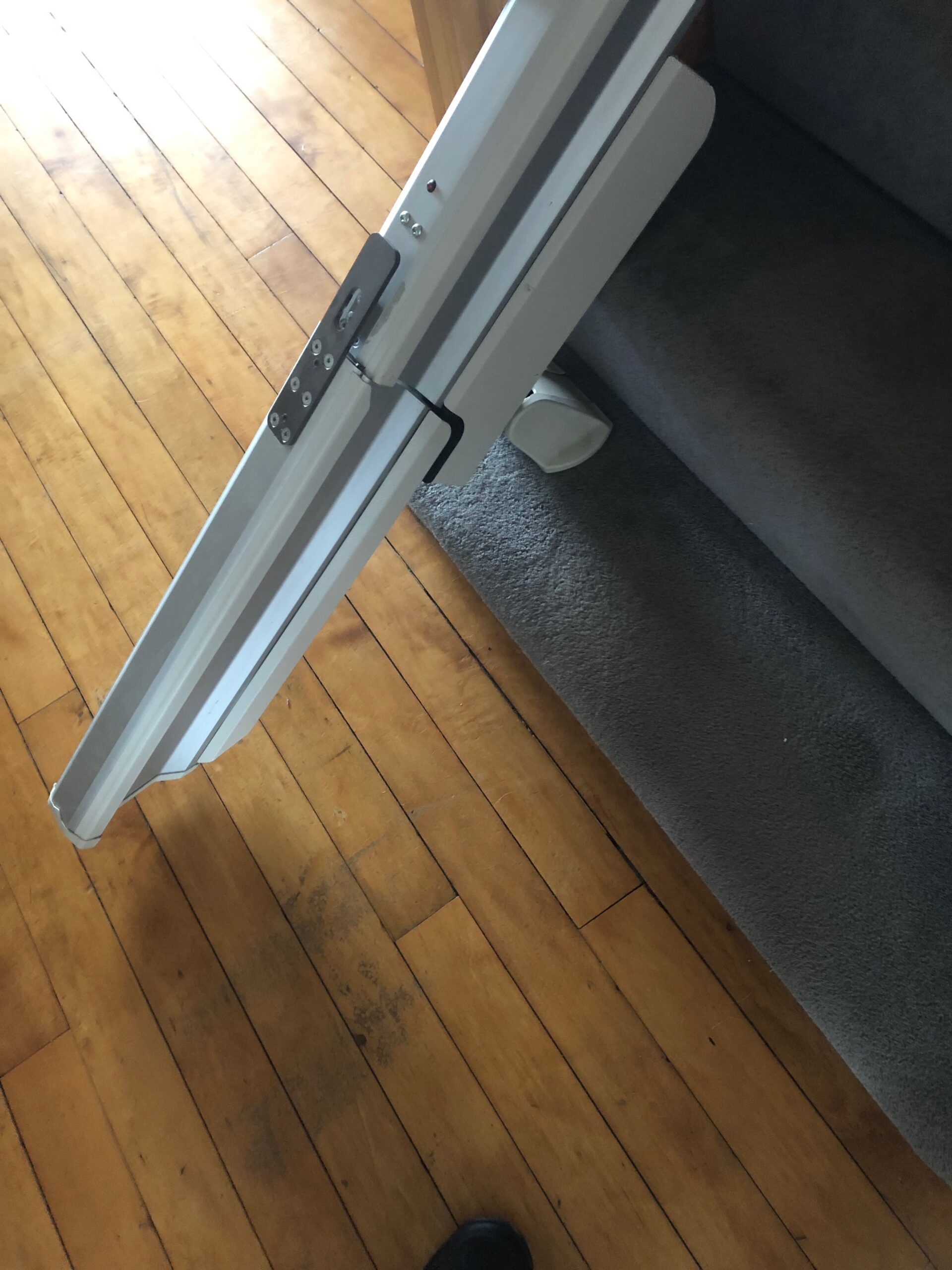

New Stairlift Technology – Drop Nose Rail
The “drop nose” rail allows the stairlift rail to be fitted on a more awkward staircase. Most traditional stairlifts have a “run off” rail which is needed to pivot the stairlift at the base of the stairs for easy entry or exit.
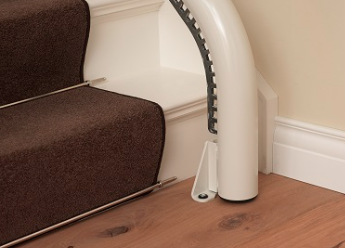
The drop nose rail is a feature which allows the stairlift the ability to leave more room at the bottom of a staircase. While traditional stairlifts will have a rail running into the corridor, this setup is useful if there’s no space.
New Stairlift Technology – Parking A Stairlift On The Rail
Most modern stairlifts can now be parked on the rail itself, rather than at the top or the bottom of the rail. This again is another useful space saving idea, particularly useful for difficult and narrow staircases. Here’s a Flow 2 stairlift parked on the staircase. You can see also this model folds down to avoid blocking the stairs.
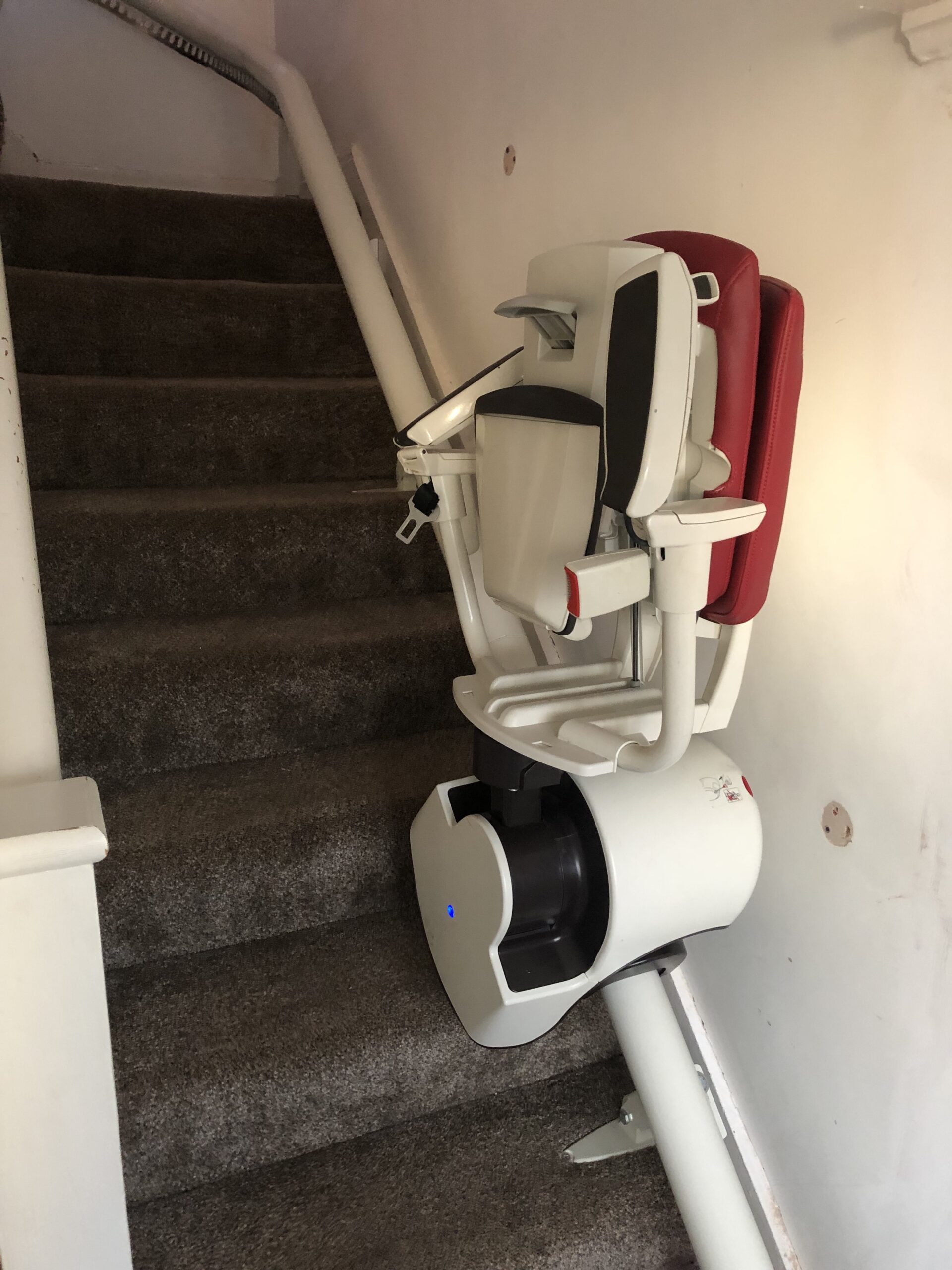

Stairlift Remote Controls
Stairlift remote controls are a great technology and most modern stairlifts have this feature. It allows you to “park” your stairlift on the rail (often anywhere on the rail with a charge point). Not only can you operate the stairlift on behalf of someone with reduced mobility, but it can be called from the top or bottom of the stairs.

This means multiple house users can operate the stairlift from different floors. It also lets you park the stairlift to avoid blocking hallways or landings and call it when required.
Stairlift Size
Another new stairlift technology is the size of a stairlift. Traditional stairlifts were more cumbersome and unable to fit on narrow staircases. Compare an older stairlift style with the Flow X stairlift and you’ll see the difference in technologies.
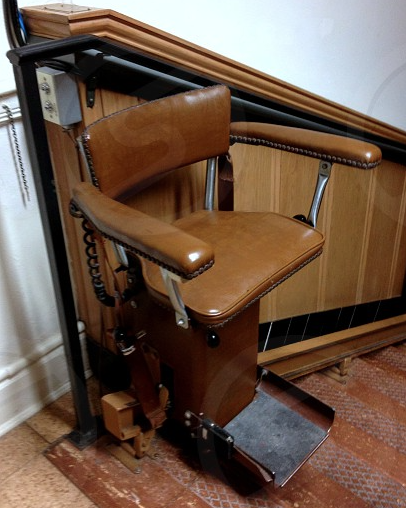
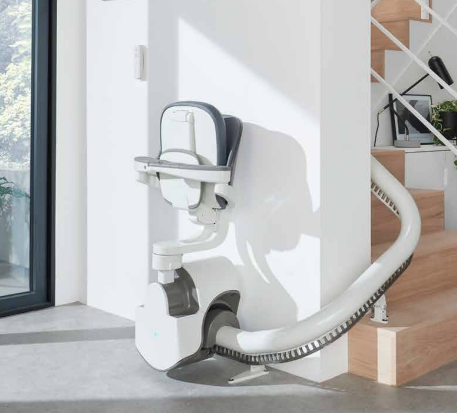
The Flow X stairlift (pictured right) folds down to only 38cm in width when not in use. It’s capable of being fitted on stairs as narrow as 61cm in width!
New Technology In Stairlifts
The new technology in modern stairlifts allows them to be installed on stairs which were previously unable to house a stairlift. Have a look at our recent case study which shows a fitting on a very narrow staircase.
Here’s a short video of the installation in super fast motion:
See more of our videos on our YouTube channel here.

